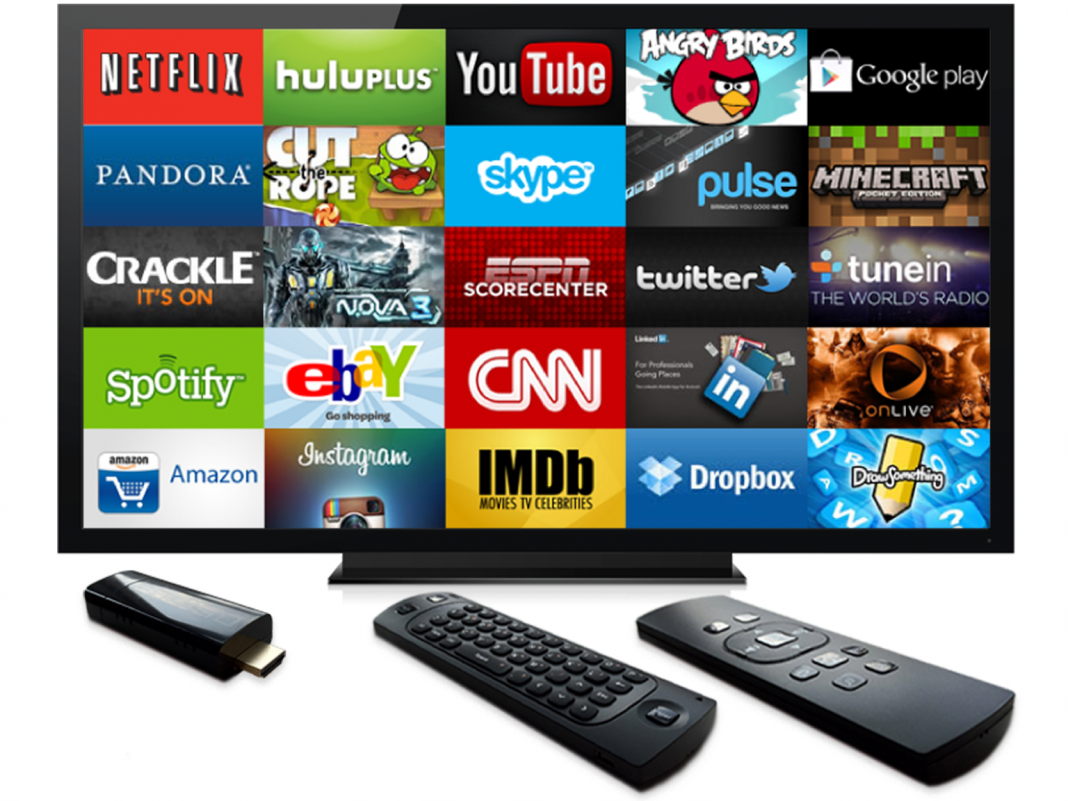‘Cats‘ has released a second trailer:
This one aims to do better than the first one:
Does it?
Well, it is shorter, at 99 seconds, versus 142 seconds.
It outlines more of a story for the audience to expect. And the cats spend almost all of their time on two feet, rather than on all fours. It’s brighter.
But the biggest change was suppose to be with regards to the “digital fur technology.”
Director Tom Hooper, quoted in Empire Magazine in his first interview anywhere about the movie, claims that the explosive response caught him off guard:
“I was just so fascinated because I didn’t think it was controversial at all. So it was quite entertaining. Cats was apparently the number-one trending topic in the world, for a good few hours at least. We’d only finished shooting in March, so all the visual effects were at quite an early stage. Possibly there were, in the extremity in some of the responses, some clues in how to keep evolving it. When you watch the finished film, you’ll see that some of the designs of the cats have moved on since then, and certainly our understanding of how to use the technology to make them work has gone up, too.”
O-kay.
Me, I hardly see a difference. Maybe, when you compare Jennifer Hudson in #2 at 1:08 with her slightly furrier self in #1 at 2:04. But the others seem virtually the same. See 1:50 (#1) and 0:40 (#2.)
My take: what I think is fascinating about this is that the audience has had an impact on the final film. An early trailer caused the blog-o-shpere to gag. And the filmmakers listened and subsequently modified the film. This is a purr-fect (sorry) example of the filmmakers giving their audience what they want. Should more films do that?






